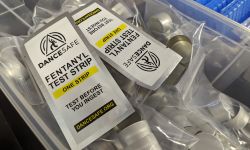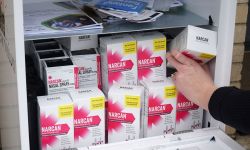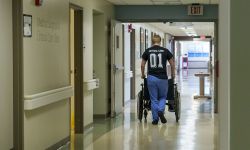Here’s what Michigan nursing homes that escaped coronavirus did right
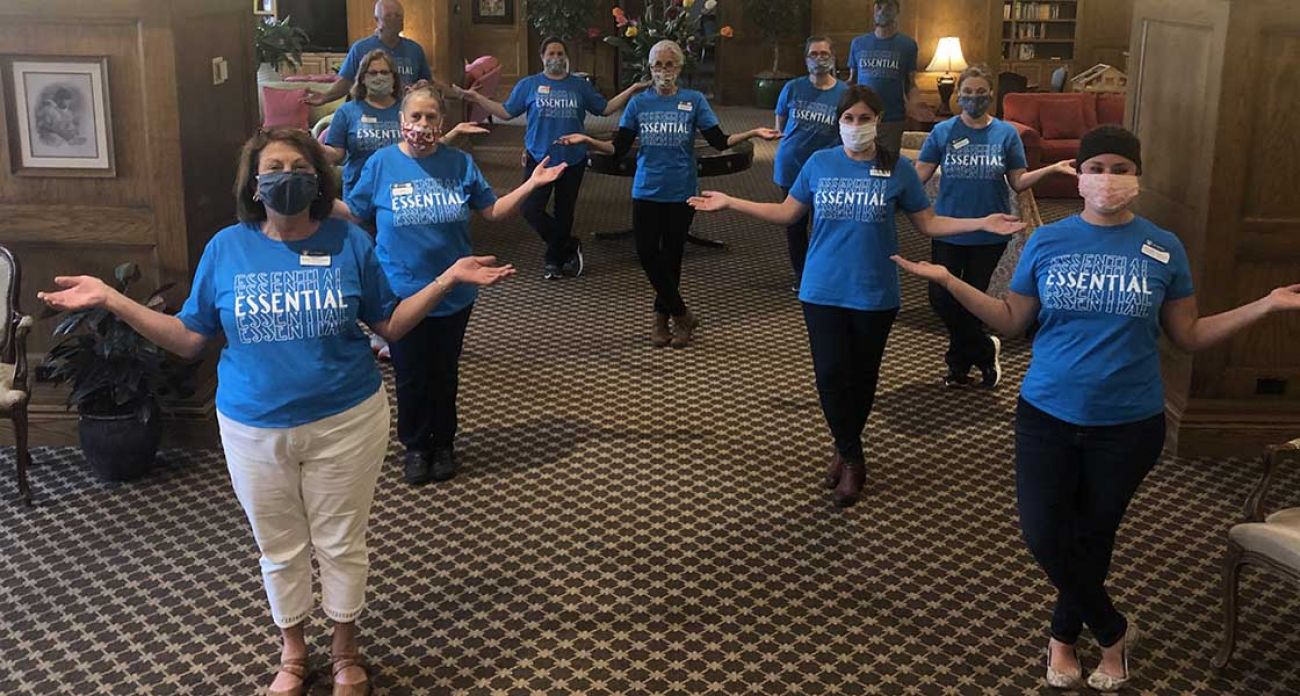
The leadership team at Rest Haven, a large senior living community in Holland with nearly 350 residents, reacted forcefully and quickly when Gov. Gretchen Whitmer on March 13 ordered nursing homes to lock down against the new coronavirus.
In a unified, daily drumbeat, facilities emailed staffers and held daily leadership calls. They rigorously disinfected buildings and put up strict limits on what was brought inside and who could enter. They scoured for supplies and sewed — even steam-cleaned — their own masks.
Measures like those have kept Rest Haven among the roughly 200 Michigan nursing homes that have not reported a single case of COVID among residents since the beginning of the pandemic, as of July 16, according to data from the Michigan Department of Health and Human Services.
- The latest: Michigan coronavirus unemployment, map, curve, updated COVID-19 news
- Dashboard: Michigan coronavirus testing numbers, trends, COVID-19 data
In fact, 20 of Michigan’s 83 counties have nursing homes that have not reported a single case of COVID-19 among residents since the start of the pandemic. Dozens of other Michigan nursing homes have as few as one or two cases among residents since the outbreak began. And 58 counties have had four or fewer deaths among their nursing home residents, according to the state.
The state’s data is updated daily and is 99 percent complete, according to the MDHHS. The state said it includes all cases and deaths among nursing homes staff and residents from COVID-19 since January 1. The list does not include data from facilities awaiting additional verification.
With 2,033 deaths among staff and residents in Michigan nursing homes — roughly 27 percent of Michigan’s overall COVID-19 deaths — it’s clear many changes will need to be made to protect seniors and staff in the future. But if there's good news and hope, it begins with facilities that experienced no COVID-19 cases as public health experts search for lessons that may be translatable to other homes.
Equally important strategies have produced dramatic improvements in Detroit nursing homes.
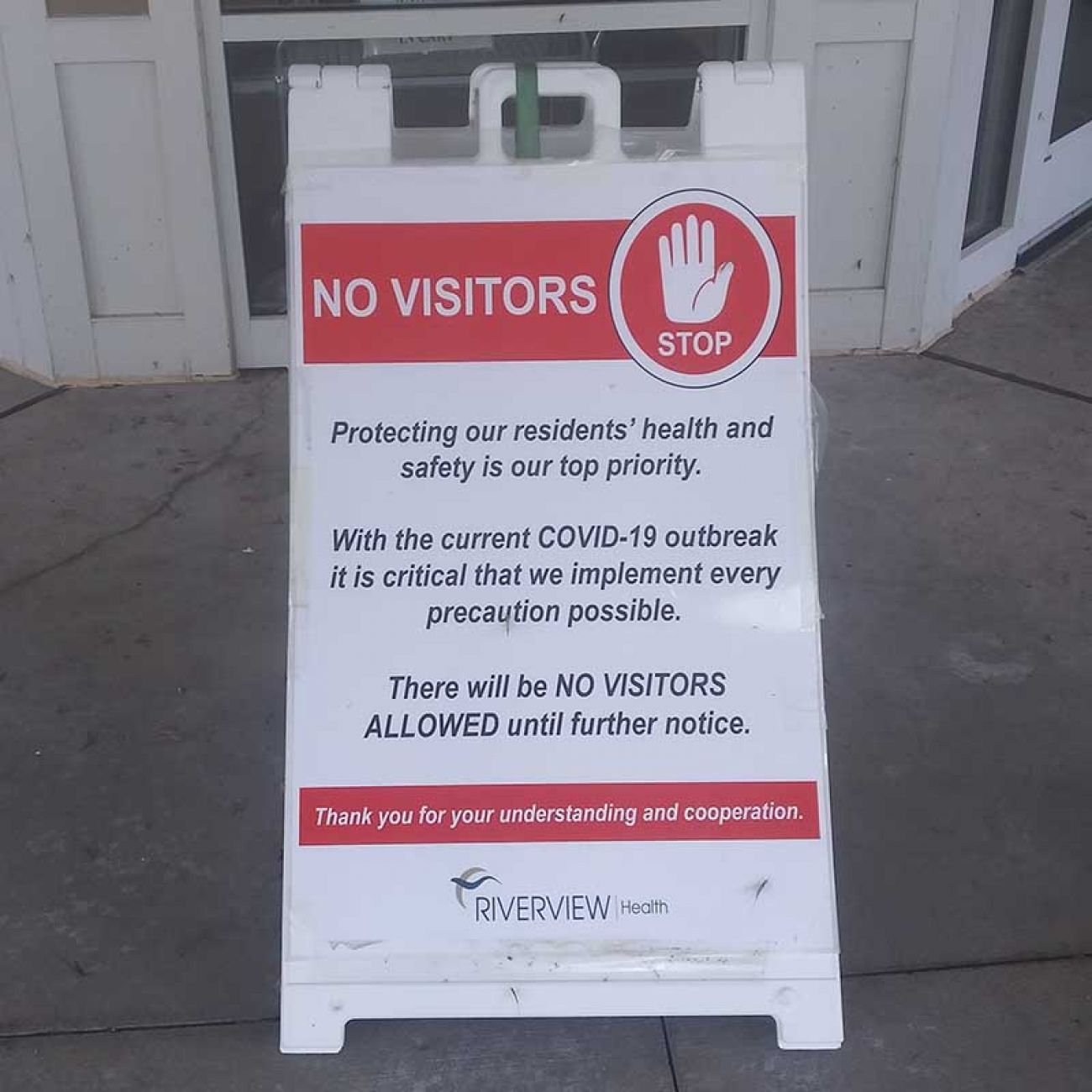
In the first months of the outbreak, Detroit nursing homes were battered by the deadly virus. To date, more than 1,300 cases and 327 deaths have been tied to Detroit nursing homes. But a collaboration among Wayne State University, the Henry Ford Health System, Detroit’s Health Department and emergency medical team and the nonprofit Doctors Without Borders helped produce a remarkable turnaround. As of July 10, 19 Detroit nursing homes did not have any residents with COVID-19.
“This is really important work that reflects hundreds of hours” from more than 100 volunteers, said Tyler Prentiss, program director for the Henry Ford Global Initiative Rapid Response Program.
The team tested as many as 225 nursing home residents a day, regardless of symptoms; helped separate residents testing positive for the virus, and provided advice to improve cleaning, promote proper use of protective equipment and other measures. The team also has helped test other vulnerable groups in the city’s large senior buildings and homeless programs, reaching some 10,000 Detroiters.
With a recent rise in COVID-19 cases in Michigan and elsewhere and relaxation of state and federal rules re-opening many businesses, “it’s important we know how to protect our most vulnerable populations,” said John Zervos, executive director of the Henry Ford initiative. The team’s work was published July 1 in the weekly Morbidity & Mortality Weekly Report (MMWR) of the Centers for Disease Control and Prevention.
A troubled industry
The big fat zeros in nursing homes that have recorded no COVID-19 cases since the outbreak hit Michigan bring welcome, largely unreported news to an industry devastated by the coronavirus.
As of July 15, the virus had infected nearly 316,000 seniors in 14,000 larger senior housing facilities in the United States, according to a New York Times database. Some 42 percent of the nation’s deaths and 9 percent of coronavirus cases have occurred in nursing homes, which offer a higher level of skilled nursing care.
The Times has been tallying cases and deaths from the pandemic because of inconsistencies and incomplete state and federal data, it said.
The state currently offers the public no statistics on other so-called congregate senior living facilities, such as adult foster care homes, independent and assisted living centers and homes for the aged.
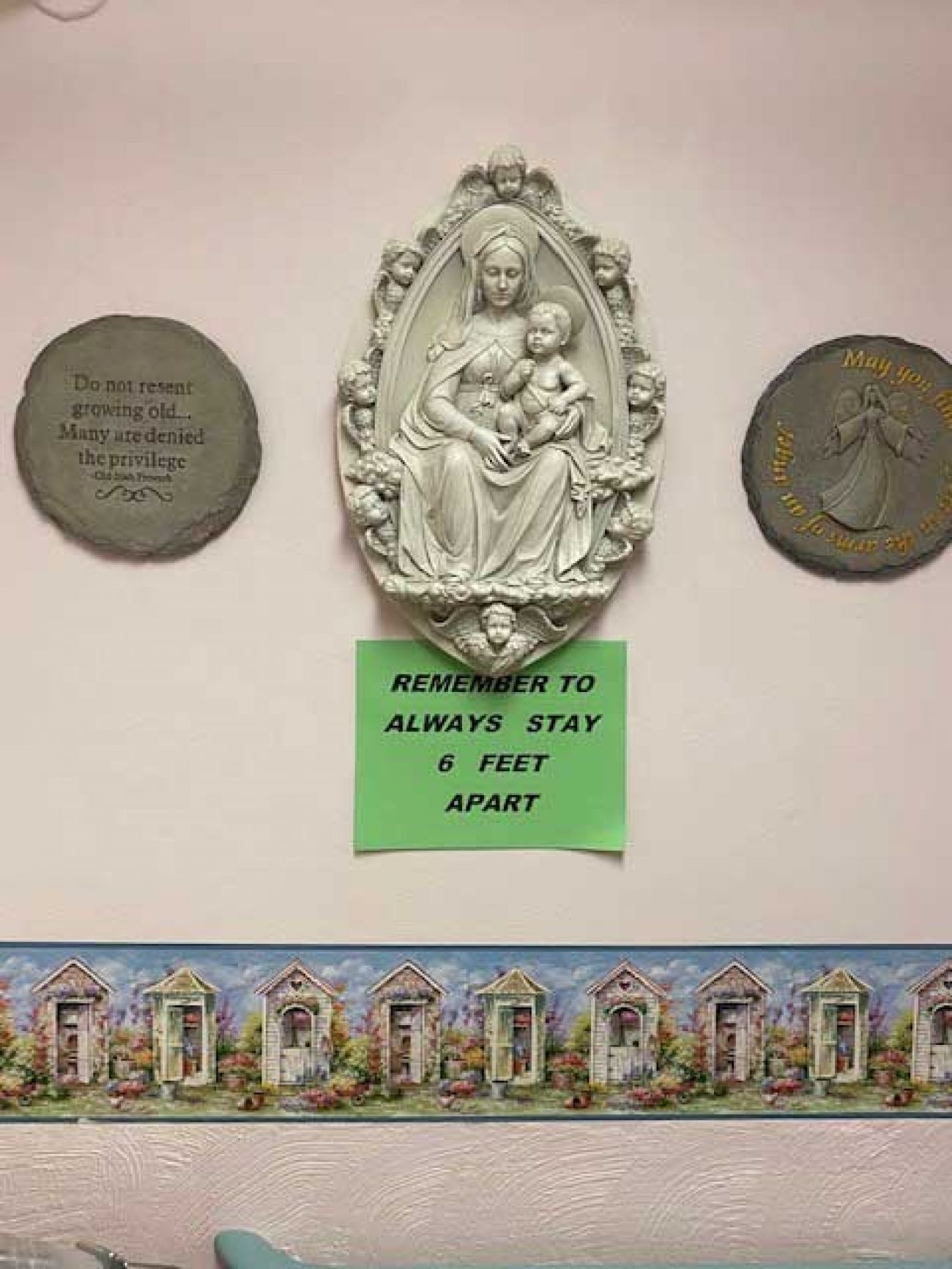
It’s too early to have a definitive list of best practices to protect seniors living outside their homes. But some early lessons (and challenges) include:
- The importance of adequate supplies of personal protective equipment, or PPE. Problem: Some facilities continue to face shortages and may need help from other sources to find supplies in the future if resurgences occur.
- Testing all residents and staff initially, even those without symptoms, and providing follow-up tests for every staffer and resident if a new case is found. Ideally, the tests are rapid and accurate. Problem: Given a shortage of rapid tests that can yield results in hours or a day, this may be one of the more difficult challenges ahead.
- Separation of COVID-19 residents from others — in different wings or buildings — who are tended to by dedicated staff. Problem: Space and staff shortages in some facilities make separation of COVID-positive residents difficult and could require that some residents with symptoms be sent elsewhere, at least for a while, if a surge occurs.
In an email to Bridge, Salli Pung, Michigan’s long-term care ombudsman, said that the size of a facility, chain or non-profit ownership, previous Medicare ratings and payment sources for care did not distinguish nursing homes with COVID-19 from those without it. In other words, broadly speaking, big facilities with large Medicaid populations, 5-star ratings from Medicare and chain ownership fared roughly the same against the virus as others.
So what distinguishes facilities with no COVID-19 cases from the rest of the pack?
“In the earliest outbreaks, it appeared that being in highly populated areas, like Southeast Michigan, seemed to be a significant contributing factor for nursing homes’’ hit heavily by the virus, Pung wrote.
“We also were informed of concerns by callers of nursing homes which didn’t seem to identify the virus early on and were treating the outbreak like it was the flu. Any delay in (segregating) residents and testing for the virus contributed to the fast spread of COVID-19,’’ she said.
Nursing homes that escaped the virus “took COVID-19 very seriously from day one,” said Marianne Udow-Phillips, founding executive director of the Center for Health and Research Transformation at the University of Michigan.
She said collecting good data is important to figure out whether the nursing home quality metrics measured by Medicare or others are sufficient to judge which homes have good track records for staying infection-free. Current yardsticks tend to identify “process measures, not outcomes, in healthcare,” she said, tallying things like adherence to medication administration, or the use of restraints.
Consumers and their families need to ask nursing homes about the volume of COVID-19 cases and deaths; how often residents and staff are tested; whether a facility has adequate PPE, and their policies for visitation and delivery, “especially going into the fall’’ when the virus may resurge again, she said.
Peter Lichtenberg, director of gerontology at Wayne State University and a member of Michigan’s Commission on Services to the Aging, said he hopes more information will discern whether the size of a facility, or more precise information about its layout, will help better protect seniors.
“Does size matter, or is it more nuanced, regarding staffing levels, square footage and layout?” he asked. “Crowding may turn out to be a factor,’’ particularly in facilities with shared bathrooms, which are common in senior housing facilities.
“Shared bathrooms may be a thing of the past,’’ though waiting lists and shortages of quality senior housing may make single rooms with showers costly and unrealistic, he added.
The pandemic also highlights the importance of medical directors with expertise in infectious diseases.
“This is a lesson in preventive medicine,” Lichtenberg said. “Having medical directors who aren’t just primary care physicians but who really have a little more expertise in infectious disease’’ and are integral parts of a leadership team may be essential in curbing future outbreaks, he said.
Scrounging for PPE, and not waiting for help
Quick action after the state’s lockdown has kept Star Manor Northville, a nursing home with 35 residents, free of COVID-19 from the start, said nurse Denise Larry, who oversees the facility’s data assessment practices.
She credits administrator Diana Gabriel who quickly realized the threat and called all over the state for PPE, then sent people to collect it. Unlike some other facilities, Gabriel didn’t rely initially on state, federal or industry sources such as the state hospital association, to find supplies. She scoured early and vigorously until deliveries came from other sources. And if that wasn’t enough, she even steam-cleaned cloth masks in her own home, Larry said.
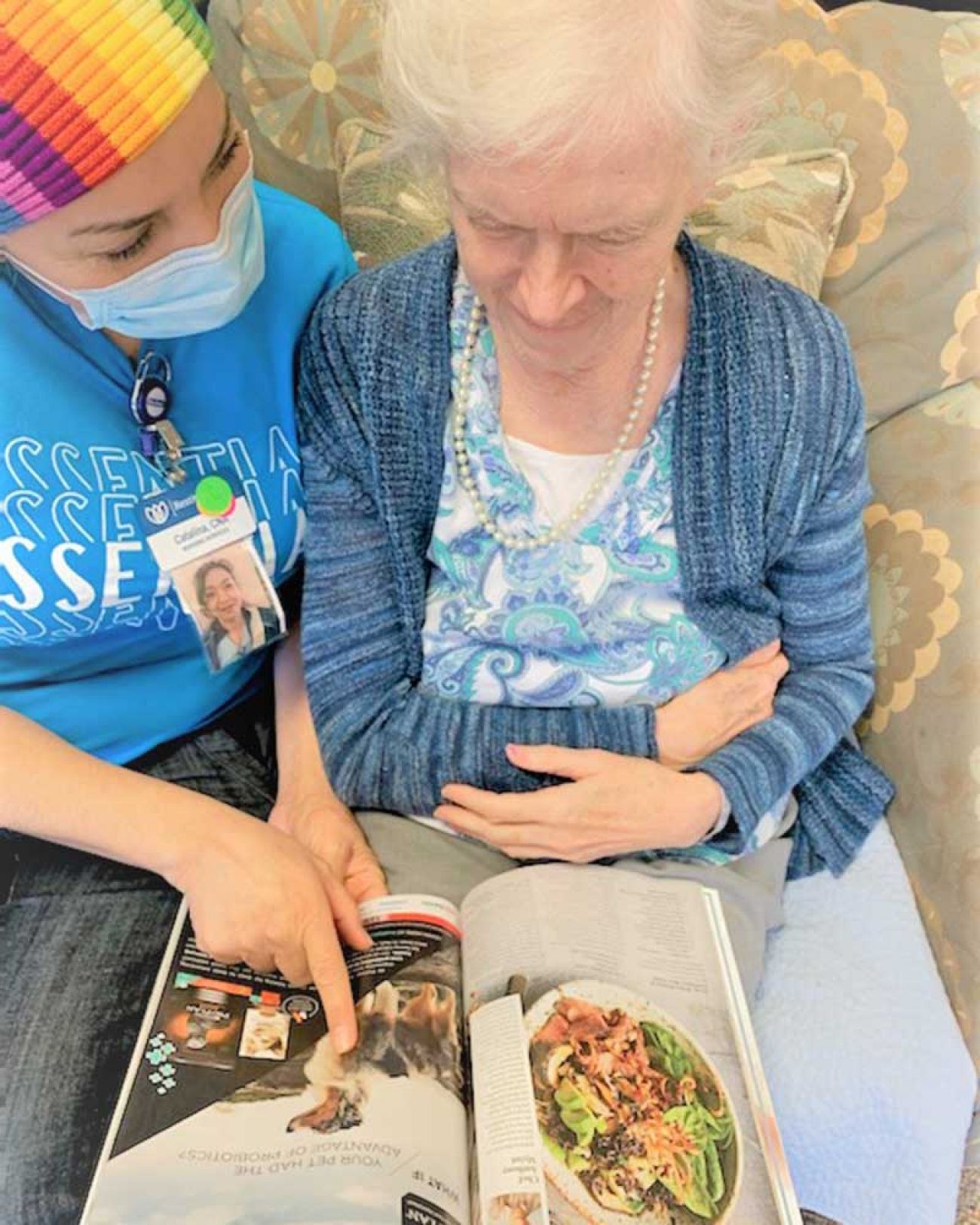
“She jumped on it to make sure we had what we needed,” Larry said. Gabriel set up a PPE station in her home and “learned how to clean PPE with steam cleaners,” Larry said. “That was our back-up. She’d label everything so we’d get our own equipment back to reuse, but it was steam-cleaned.”
Other strict measurements included temperature checks of staff or anyone entering the facility; and staff help with cleaning duties. “We all took part in cleaning charts or any books the staff handled, and they were cleaned throughout the day. You cleaned it before you put it away.’’
A clean-up station was set up just for staff cell phones.
“We didn’t bring anything into the facility — our coats, our outerwear, everything was hung up’’ near the entrance, she said. “It never came out to the unit.”
The facility also raised staff pay to encourage them to work only at Star Manor, she said. Elsewhere, low compensation causes some nursing home staff to work at more than one facility, which has been identified as an issue contributing to spread of the virus in senior housing.
Larry said facilities with less success containing the virus were not necessarily unsafe, but perhaps “less prepared.”
Despite its size and variety of housing arrangements, Rest Haven of Holland has stayed clear of coronavirus in all three levels of care it provides for 145 seniors in its skilled nursing home; 61 in independent living; 117 in two assisted living buildings; and 20 in two homes built with the philosophies of the Green House Project. Green House is a national nonprofit that encourages small housing units, separate bedrooms, a family-like dining space (replaced during the pandemic by food service in rooms) and a staff well-familiar with residents.
Green House is sponsoring free sessions for nursing home professionals on best practices in controlling the coronavirus, through a sponsorship with the Robert Wood Johnson Foundation. Topics include access to PPE; infection control; isolation of COVID-19-positive patients; preparation for a second wave of the virus and other issues.
At Rest Haven, daily staff and team meetings were implemented early on, said Deedre Vriesman, CEO. The facility also held two meetings with a community ethics board, which helped develop guidance on touchy issues, including a decision to share all information about cases or deaths with families. In May, when a staffer tested positive for COVID-19, families of all residents, not just those in the building where the staffer worked, were notified.
Fortunately, Rest Haven was able to hire 25 extra part- and full-time staffers to help with new demands. Some supplemented recreational therapists doing more one-on-one activities in residents’ rooms. Others joined the dining crews to prepare meals for seniors in their rooms. Extra front desk personnel screened staff and essential delivery workers.
Some states, including California and Louisiana, as well as some facilities and hospital systems have awarded hazard pay or bonuses to staffers during the pandemic.
Congress also is debating the issue. But the legislation, H.R. 6800, known as the Heroes Act, is stalled in the U.S. Senate and its fate is uncertain.
Early on, when PPE was inadequate, Rest Haven staff used cloth masks for about six weeks, until supplies arrived. The facility purchased disposable laundry bags to reduce possible transmission of the virus. Rigorous staff training about thorough cleaning of common bathing areas — used by many residents because many rooms have no showers — helped too, Vriesman said.
So did strict limits on outside visitors. “It was a really hard call,” Vriesman said. Families have been supportive but “it’s hard to understand when the rest of the state is opening up, like beauty shops and restaurants, and things haven’t loosened up yet in long-term care,” she said.
Rest Haven also purchased new technology called Touch Town, to share announcements on TVs rather than more invasive loudspeaker systems, as well as new apps that therapists and social workers use with residents, including ones for people with dementia and other issues, called It’s Never Too Late.
The facility encouraged staffers to create new ways to keep residents engaged during the pandemic. When Holland’s tulip festival was cancelled, recreational therapists and volunteers, who usually decorate a float for the festival, recreated one indoors using decorated carts, costumes and tulips.
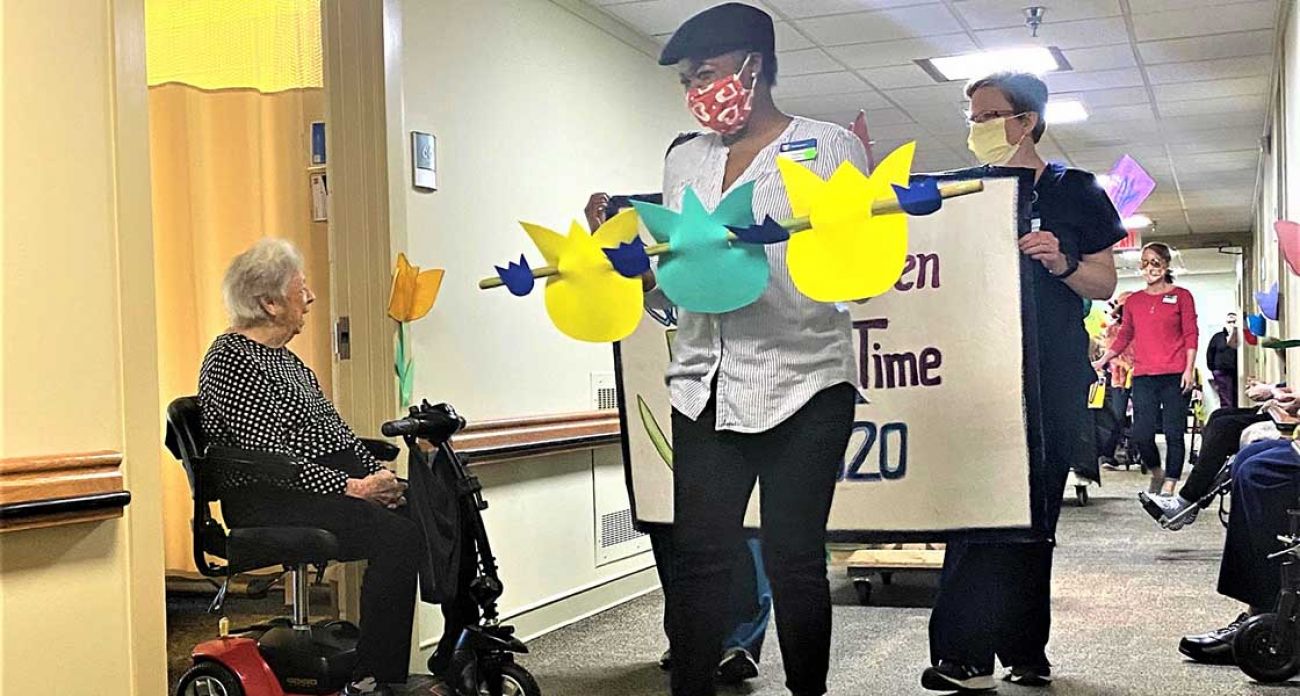
On another day, a couple celebrating an important wedding anniversary posted a sign on their window so people could pass their window to offer congratulations. The staff distributed a piece of anniversary cake to each resident in their building, with a note of thanks from the couple for taking part in the occasion.
Attention to detail
Even with all the safeguards, families of residents remain anxious.
“I still worry,” said Diane Seaver, whose nearly 100-year-old mother-in-law lives in the COVID-19-free independent living portion of The Rivers, in Grosse Pointe Woods.
“It only takes one encounter. I also recognize it can find its way into her apartment with the things I bring in.”
She disinfects everything she totes there. Seaver is able to see her mother-in-law because she is considered an essential caregiver who helps with medication administration, household cleaning and dog walking. She visits three times on week days and twice a day on weekends with her husband.
Before she can enter, she must be buzzed in and masked until a staffer brings her through a 6-by-10-foot foyer, where visitors, one at a time and six feet apart, have their temperatures taken.
Seaver signs in, and answers questions about whether she has symptoms or has been exposed to anyone with the virus. Once in, she takes an elevator, restricted to one person at a time, to her mother-in-law’s second floor apartment. She has been able to take her mother-in-law to her home in St. Clair Shores. Still, all the restrictions get to her mother-in-law. She asks frequently: “When will it be over?
“I say, until we have a vaccine,” Seaver said.
Saying no to visitors
Next to PPE and testing shortages, nursing home visitation remains one of the thornier unresolved issues about pandemic restrictions. Gov. Whitmer’s order limits most visitors until at least July 24. There’s no best advice about this yet.
How visitation might proceed remains a matter of major debate. It’s unlikely all masked visitors, even at six-foot distances, will soon be allowed entry as they once did, a panel of experts said July 8 in a discussion of nursing home issues sponsored by AARP and hosted by Stat News, a Boston Globe Media company reporting on health, medicine, life sciences and the pharmaceutical fields.
Visitors may soon be required to produce test results that they are COVID-19 negative before allowed entry, said Dr. Grace Jenq, associate clinical professor of geriatric and palliative care medicine at the University of Michigan. Facility restrictions may be eased in phases geographically, the way restaurants were, allowing more visitation in communities with limited COVID-19 prevalence, she said.
Outdoor visits may be allowed first or low-risk activities that don’t involve groups could be held, said Dr. Morgan Katz, a Johns Hopkins physician whose career’s focus has been infectious disease in nursing homes.
New issues may arise during the fall flu season, raising the possibility of two infectious diseases occurring in a vulnerable population at the same time, Jenq said. Dual testing will strain the capacity of already stretched testing labs, she said.
Pung, Michigan’s long term care ombudsman, said she hopes some limits are eased soon.
“After three months of the lockdown, we are hearing too often concerns that residents are declining due to the isolation,’’ she told Bridge in her email. “It has been reported by families, staff and some residents that medications for depression are on the rise, some residents are experiencing weight loss, and the overall impact of the ongoing isolation is potentially more harmful to residents than the virus.
“It is time for creative solutions…,” she said.
“With the nice weather comes opportunities for outdoor visiting options that keep all parties safe, like creating a plexiglass booth for the residents to visit with family and friends, as has been done in other states.”
Pung said nursing homes also can apply for Civil Monetary Penalties (CMP) grants to help purchase technology for virtual visitations.
“Most importantly, we need all long term care facility staff to continue to be diligent with infection prevention techniques and receive the needed PPE and testing to protect residents and themselves from the deadly virus.”
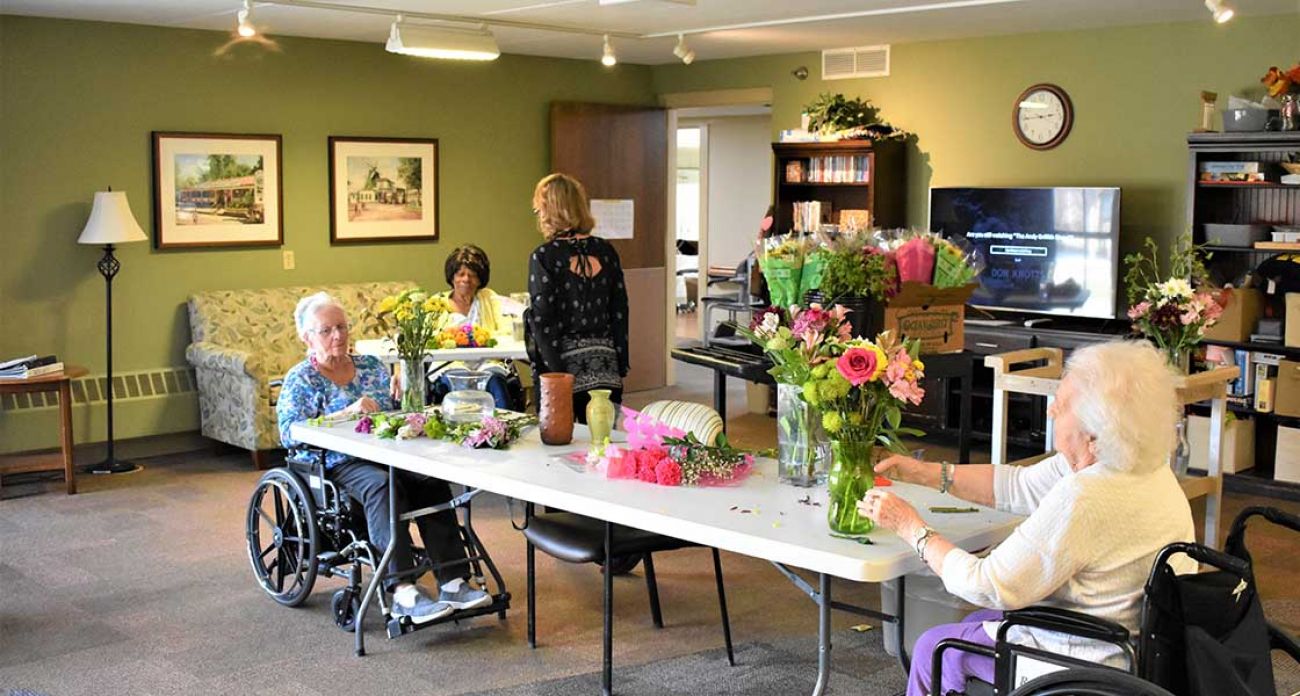
For Patti Joly, a Tampa, Florida resident who grew up in Livonia, a recent final visit to see her aunt Shirley Joly, 89, at The Plymouth Inn, in Plymouth, left her with a lasting sense of comfort.
Her aunt, who was childless and whom she described as a second mother, was at the end of life, in hospice, so she was allowed to visit her twice. The facility, technically licensed as a home for the aged, but with a full range of care through hospice, has reported only one case of COVID-19 among its 50 residents, and one case in a staffer, said Jo Ann Bruestle, an administrator. “I pray every night: ‘Lord, look after my building,’” Bruestle told Bridge.
Joly arrived masked but was given a fresh one for each visit and the one she brought was disposed of in a paper bag. Her temperature was taken before she was allowed in.
Joly did everything she could during her visits to make her aunt comfortable. She brushed her hair. She prayed aloud to her. “I told her, ‘You know I love you, Aunt Shirley.’ She turned and looked at me and I knew she knew that.”
She hugged her, several times, a lasting memory.
Shirley Joly died July 8. “I can’t thank them enough for giving me that time with her,’’ her niece said.
See what new members are saying about why they donated to Bridge Michigan:
- “In order for this information to be accurate and unbiased it must be underwritten by its readers, not by special interests.” - Larry S.
- “Not many other media sources report on the topics Bridge does.” - Susan B.
- “Your journalism is outstanding and rare these days.” - Mark S.
If you want to ensure the future of nonpartisan, nonprofit Michigan journalism, please become a member today. You, too, will be asked why you donated and maybe we'll feature your quote next time!


